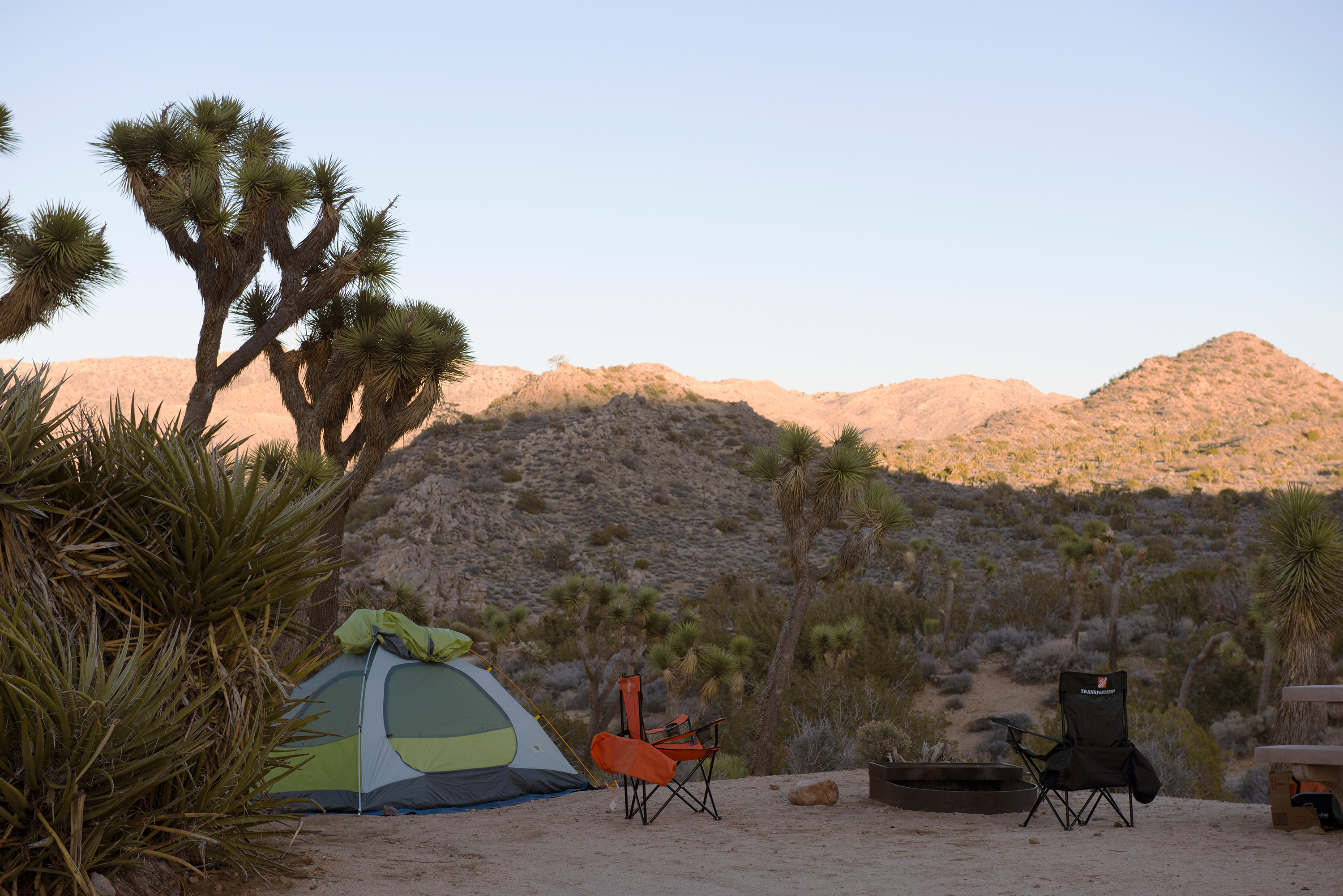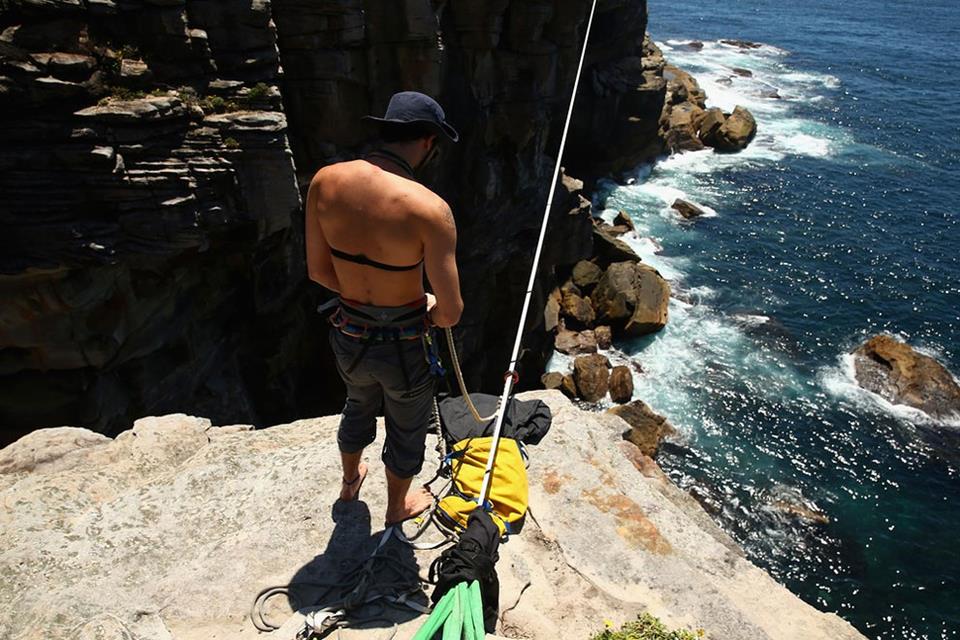


All slacklines may be affixed on a temporary basis and may not be left unattended.Participants and spectators assume all risk associated with the activity.Slacklining is only permitted during park hours.Please see the interactive map online to identify the approved trees. Slacklining is only allowed on designated trees.Slacklining must comply with all rules approved by the city manager’s rule. This does not accommodate potential needs of extreme or elite slackline users. This Rule is intended to allow for beginner and general recreational slackline users. Slacklining is defined as a recreational activity or sport that involves participants balancing on a strip of webbing that is fixed above the ground between two trees. It is not only an activity but a way of life.City Manager’s Rule now permits slacklining in designated locations Overall slackline has a different meaning to each and every individual who takes part everyone finds some philosophy in a sport of balance. Lastly, tricklining is a tangent of slacklining, involving jumping and even flips. Slacklining over the ground on shorter lengths can be similar to Yoga, in the slow movements and positions.

Highlines require the most mental strength, with exposure to heights, walking on 1" thick webbing is subconsciously frightening, even though attached with a harness and leash to the line. The sport has evolved into different types: Longlines, which take great physical endurance. Therefore slackline requires different muscles and training then tightrope walking. Slackline is different from tightrope walking because it is dynamic moving with you whereas tightrope walking is on a steel cable and is not stretching with each movement. When they were not climbing, they took flat nylon webbing and stretched it between two rocky outcroppings over a void, and then learned to walk and balance on this webbing.

To help the cause, please follow this blog for regular updates, and join the facebook pageĪustin, Texas Slacklining is a sport that was developed by Climbers in Yosemite Valley, California during the 70's and 80's. Talking to the people in the City Parks office always feels a bit discouraging (they enjoy throwing around the word liability) however, as I said, slackliners have been successful in other American cities, in Germany, Switzerland, France, Poland and more places! This does not have to result in a war between the balancers and the beaurocrats, so I hope we can find an effective means of communication. I also think involving the newspapers and local news could greatly benefit us all, as well as creating a petition. The immediate plan is to formulate a presentation, bring it to a city council meeting, and hope for being scheduled on the agenda. This same type of thing has happened all over the world, and yet slackliners have stood up for their rights to balance, coming together and working with their city councils in order to cooperate on such a matter! I hope we can work together and communicate with the city to allow slacklining in some parks or all, or on some trees or all. This ordinance, however, requires that no one be allowed to climb on, hang or attach anything to the trees in the city parks.Īs we all know, this is detrimental to slacklining! There are not enough anchors which are not trees, and this ordinance means the end of slacklining in the parks. The big news on the horizon is a recent Tree ordinance passed by the city, which serves the purpose of preventing people from cutting down large or old trees.


 0 kommentar(er)
0 kommentar(er)
